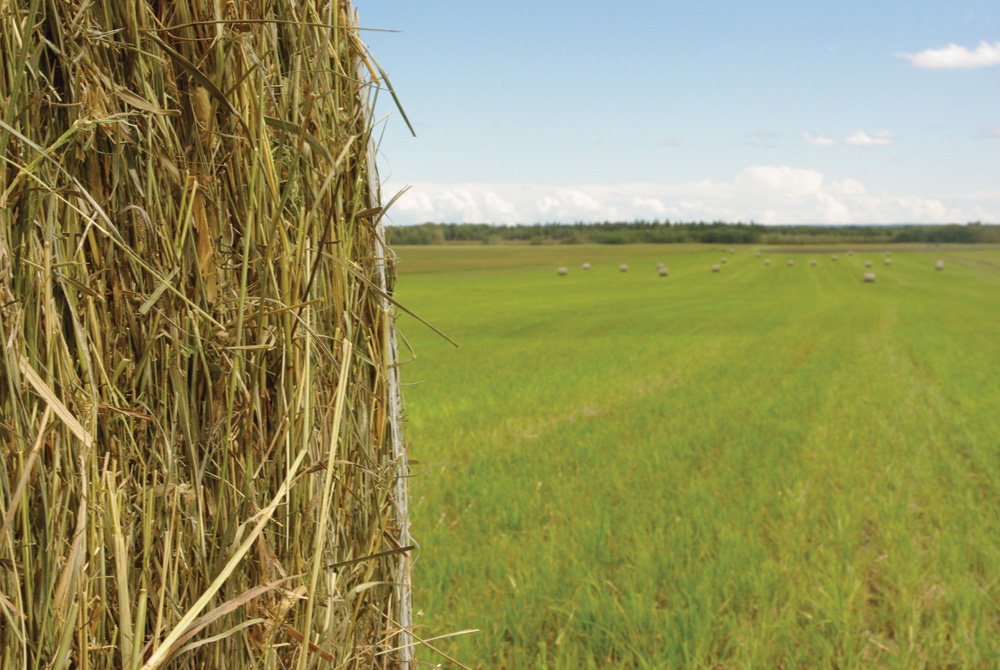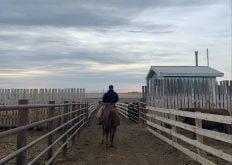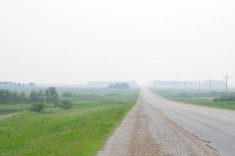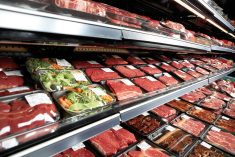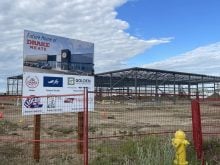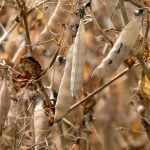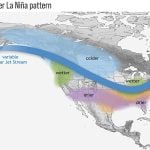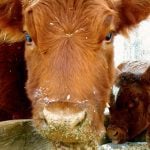The federal government has released its final list of designated regions where livestock tax deferral has been authorized for 2019 due to extreme weather conditions.
The livestock tax deferral provision allows livestock producers in prescribed drought, flood or excess moisture regions to defer a portion of their 2019 sale proceeds of breeding livestock until 2020 to help replenish the herd. The cost of replacing the animals in 2020 will offset the deferred income, thereby reducing the tax burden associated with the original sale.
Read Also
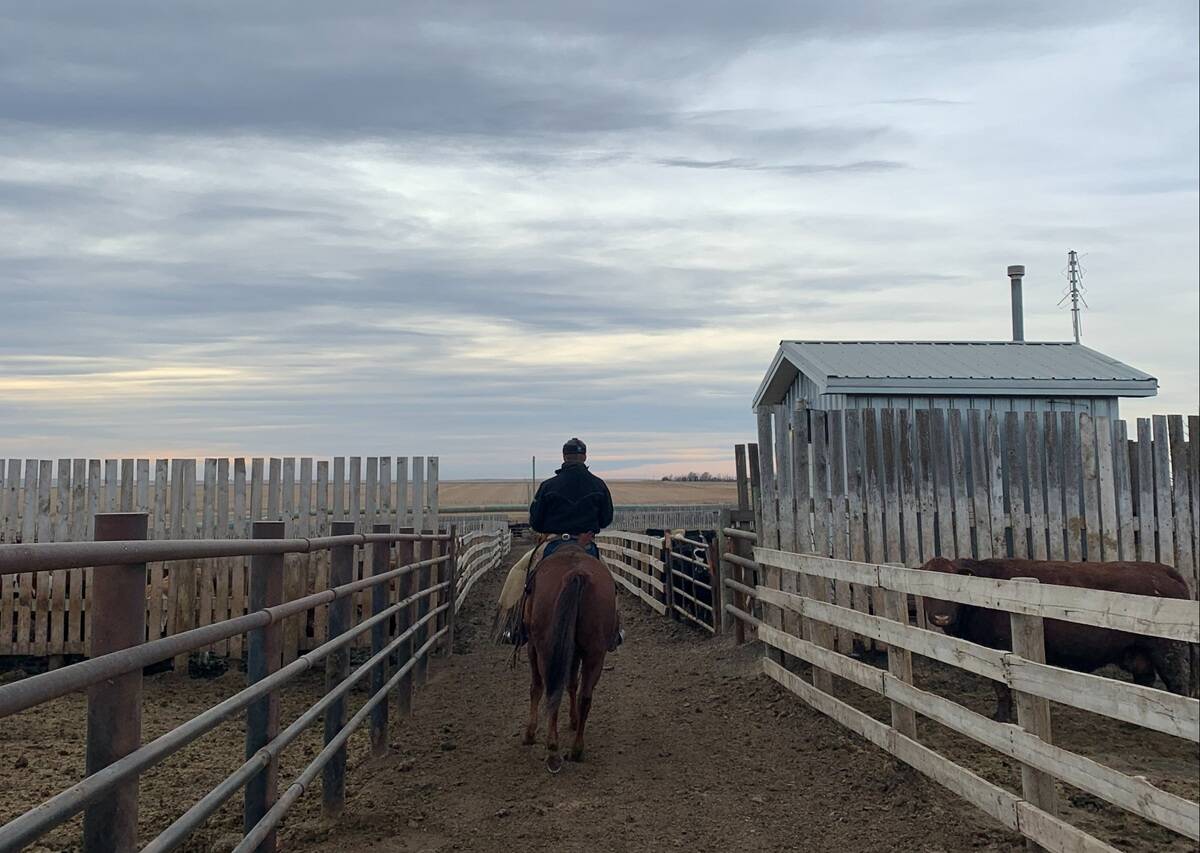
Pen riders still better than tech at detecting respiratory disease in feedlot cattle, says researcher
Recent research found that pen riders are better than tech at flagging signs of BRD in feedlot cattle
“Extreme and unpredictable weather made 2019 a very difficult year for many livestock producers across Canada. It is a priority for our government to help our farmers and ranchers get the resources and support they need to manage and rebuild their herds,” said Marie-Claude Bibeau, minister of Agriculture and Agri-Food Canada, in a media release.
On July 22, 2019, the government announced the initial list of prescribed regions in British Columbia, Alberta, Saskatchewan, Manitoba and Quebec for livestock tax deferral purposes. After analyzing drought conditions and excess moisture, the government decided to expand the 2019 list, with new regions identified for British Columbia, Alberta, Saskatchewan, Manitoba, Ontario and Quebec.
The criteria for identifying regions for livestock tax deferral is forage shortfalls of 50 per cent or more caused by drought or excess moisture. Eligible regions are identified based on weather, climate, and production data, in consultation with industry and provinces.
Eligibility for the tax deferral is limited to those producers located inside the designated prescribed areas. Producers in those regions can request the tax deferral when filing their 2019 income tax returns.

